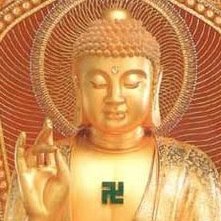Sign in to follow this
Followers
0

The Visual Music of the Shipibo Tribe of the Amazon
By
Immortal4life, in General Discussion

By
Immortal4life, in General Discussion